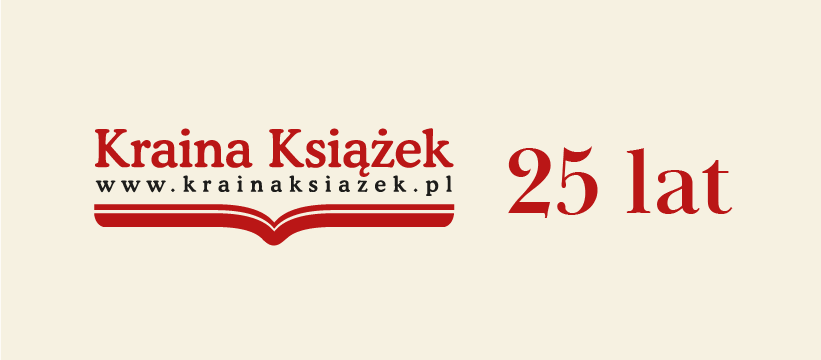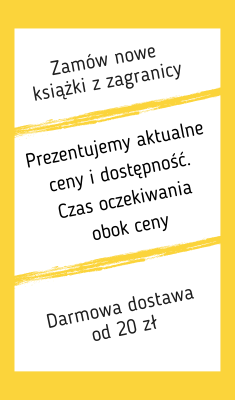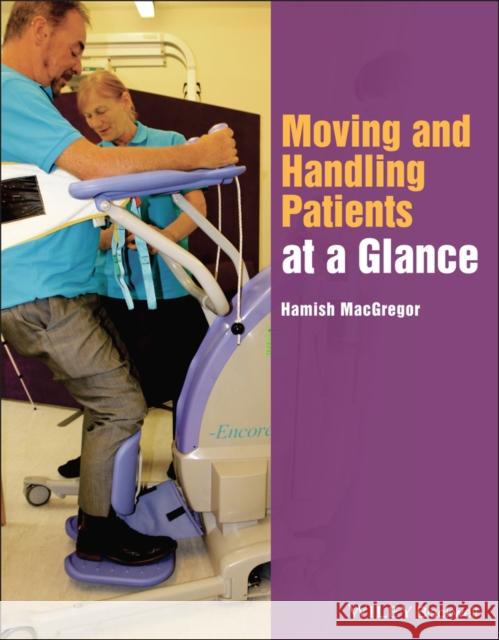Moving and Handling Patients at a Glance » książka
topmenu
Moving and Handling Patients at a Glance
ISBN-13: 9781118853436 / Angielski / Miękka / 2016 / 144 str.
- A clear, concise and comprehensive guide to moving and handling patients
- Superbly illustrated, with full colour photographs throughout
- Practice-oriented and based on the latest evidence to provide safe and effective patient care
- Ideal for nursing students, health care assistants, newly qualified nurses, as well as physiotherapists and occupational therapists











